The Astrophotography of Matt Dieterich
Star trails and aurora over Mount Rainier from Reflection Lakes. This photograph was selected by the United States Postal Service for a new ‘Forever Stamp’ celebrating the National Park Service 2016 centennial.
The year 2016 is the centennial anniversary of the U.S. National Park Service, which manages over 400 parks, monuments, and historical places across the United States. To observe this anniversary, the U.S. Postal Service recently issued a special series of stamps celebrating the National Parks, featuring images from 16 parks across the country.
One of those images was taken by astrophotographer Matt Dieterich of Morgantown, WV, whose image of star trails over Mt. Rainier was selected by the Postal Service for this historic series of stamps. The opportunity couldn’t have happened to a better person: not only is Matt an accomplished photographer, he’s an enthusiastic supporter of the National Parks, and even spent a summer working at Mt. Rainier National Park in Washington state. On the following pages, Matt gives us some insight into his photography, how his image ended up on a postage stamp, and why the National Parks are such an important resource.
If you would like to own a part of history, Matt is offering a limited-edition series of prints featuring the image of Mt. Rainier that appears on the stamp. Head over to his website for more information.
The Astrophotography of Matt Dieterich
This large Milky Way panorama was created from 14 individual images.
How did you discover astronomy, and at what point did your interest in astronomy translate into astrophotography?
“When I was about 10 years old my godparents gave me a telescope. Then, when I was about 16 I got another one for Christmas. It was just a little one, but it had a computer on it and you could tell it where to go. I could have it point to Jupiter, the Orion Nebula, or anything I wanted. It was really cool, but I wanted to show people what I was seeing, because being outside by the telescope all by yourself wasn’t as much fun. The only way I could do that was to connect a camera to the telescope.”
“I originally bought a film SLR, but the images turned out horrible. Later that year my parents helped me buy a DSLR, and from then on it was history because I could get instant results from the digital camera. That’s what I needed to learn quickly with astrophotography – it’s trial and error and experimentation. Going through high school it helped spur my interest in science; there’s an experimental thought process and you never give up on trying to figure out what’s wrong when you take a photo, and how to improve it.”
The Astrophotography of Matt Dieterich
The Milky Way, with light pollution from Portland, Oregon, captured from Mt. Rainier National Park.
Was your experience in astronomy, and astrophotography in particular, part of what inspired you to study sciences in college and graduate school?
“It was. The reason I went into geology and environmental science was because I love being outside. I like understanding why the earth looks the way it does. Why am I seeing what I’m seeing? To me, it’s motivation to learn more about what’s around us as humans. The night sky is something that we don’t all get to experience a lot. Everyone’s usually asleep, and many people don’t fully understand what’s above our heads because of the city lights.”
“My background and interest in photography definitely pushed me towards a career that would give me the time and opportunity to take photographs.”
The Astrophotography of Matt Dieterich
The Milky Way as seen from Zion National Park in Utah. Matt took this photo from his campground and remembers how much it inspired the other campers to look at his photos of the night sky.
Your portfolio has amazing images from lots of places, but something that really jumps out are all the photos of the night sky in National Parks. What’s special about the National Parks that makes them such a great place for your photography?
“The National Parks serve as islands – islands of protected resources. Just like the meadows and the trees and the animals, the parks serve to protect the night sky. That’s the purpose of National Parks in general. They’re regions that are to remain unchanged by man, and the night skies across National Parks are phenomenal, especially out west where the elevation is high and where climates are dry. Southern Utah, Death Valley, and other regions like that are pretty inhospitable to humans, and as a result you’re going to get some pretty amazing landscapes and night skies.”
The Astrophotography of Matt Dieterich
Matt decided to have a little fun with this image captured in Badlands National Park in South Dakota, and pointed his flashlight toward the galactic arm stretching across the sky.
Are you hoping to inspire other people to discover astronomy, or to go to the National Parks and have their own park experiences?
“Oh, without a doubt. The goal of my photography is to get everyone, but especially kids, involved in astronomy. All it took for me was a photograph, looking at an astronomy magazine, or a book about space, when I was a kid. It gets the hamster wheel in your head turning and your imagination going. It really gets you thinking. You never know what a kid will dream about just from a simple photograph of say, the Milky Way, or Earth from space. Also, I want to inspire people to get out and enjoy the National Parks that we have, because they belong to all of us. They’re amazing to experience in person and they can really humble you.”
The Astrophotography of Matt Dieterich
Matt Dieterich, appearing at an event to support Washington’s National Park Fund, posing with the photo that now appears on a special-issue postage stamp honoring the U.S. National Park Service.
It’s often said that luck is what happens when preparation meets opportunity; it seems that this was true in your case. Can you share the story of how your photo of Mt. Rainier was selected for a postage stamp?
“It’s a fun story. A year ago I was working at Mt. Rainier. I had finished grad school and wanted to work as a night sky ranger. I’ve always dreamed about going on a road trip and just taking photos. I drove 3,500 miles form Pittsburg to Mt. Rainier and stopped at parks along the way. When I was working there I used every free chance to go outside at night, to roam the park and capture the night sky. By August, I had a handful of great photos taken in the park.”
“One day my boss emailed me and said that someone in Washington, DC, was looking for photos of people looking through a telescope. I sent them what I had, but they couldn’t use it because I didn’t have a model release. So I just sent them the rest of my gallery of Mt. Rainier, and within an hour or two they responded in all caps, just loving the photo of Mt. Rainier with the star trails and aurora. Within a day they got back to me and said ‘Hey, this is going to be a stamp. But you can’t say anything about it until it gets released.’”
“The person at the Postal Service told me they had been working on this for years, and all of a sudden – rush, rush, rush – they needed a photo of the night sky. It’s kind of amazing when I think about it, but I’m just very humbled by the fact that they liked my photograph so much.”
The Astrophotography of Matt Dieterich
The Milky Way with green airglow over Glacier National Park in Montana.
Having your image on a postage stamp is a rare, and likely once-in-a-lifetime, opportunity. What is it like knowing that one of your photos is part of this history? Does it have special meaning given your relationship with the National Parks?
“It’s very humbling. I’m kind of at a loss for words. It’s an honor to be able to represent the Park Service and also promote the night skies. As a person trying to get my name out there for my photography… I never expected it to happen in this manner. The irony is that when I started working at Mt. Rainier they went around the room of interpretive rangers asking what our goal was for the summer. I’ll never forget; I said that if I could take one good photograph, I would be happy. Looking back now, it hits me hard knowing that this is something people are going to enjoy for the rest of time. It’s pretty remarkable.”
The Astrophotography of Matt Dieterich
Matt captured this Milky Way photo over a muddy pond in Arches National Park, in Utah, after hiking up to Delicate Arch. He liked the mud in the foreground, and the standing water made for a great Milky Way reflection.
Does an image on a postage stamp have the power to connect people you’ve never met to the National Parks? Can it inspire them to visit one?
“Sure. I definitely think so. When I gave my thank-you speech in New York City [at the official unveiling of the stamp series] I had this gentleman come up to me afterward. He was crying, saying how much it was a remarkable photo. He had some emotional connection to it, because I don’t think I gave an amazing speech that would bring someone to tears. But there was something about this photo… He had some emotional experience with the mountain and that photo was really meaningful.”
“It’s not the experience I expected when I went out to take the photo, but if that photo gets people to go outside, to look up, then that’s all I wanted to do. I want them to experience it. To me, the night sky is very emotional. It’s a human connection that I want everyone to experience. Maybe some people won’t feel it, but for many people it could really be life changing. What I’ve seen through my work, shooting the night sky, is that people are blown away because it’s not what they’re able to see every day. It’s very powerful, and the fact that a photograph could do that is astonishing.”
The Astrophotography of Matt Dieterich
Matt shot this Milky Way panorama with northern lights from Mt. Rainier National Park in Washington.
What type of equipment do you use for your work?
“Oh, I just use a disposable camera. No – I’m kidding. I use a Nikon D750. It’s a great full frame, low-noise camera for night sky photography, and is great for capturing wide views of the sky. I also use a Rokinon 24mm F1.4 lens, an Induro tripod with a ball head, and a shutter release intervolameter cable.”
“The Rokinon is great, but it definitely has a lot of coma, because I shoot wide open. I shoot F1.4 because my goal is to collect as much light as I can. When I’m doing a time-lapse I need to take as many frames as I can, and it takes 30 images to make a one second time-lapse video. I also have the Nikon 14-24mm F2.8 which is amazing as well, and it has practically no coma wide open. It’s pretty amazing, but you get what you pay for at $ 2,000. I have a D800 as well. I’ll use the D750 for a time-lapse while roaming around taking other photos with my D800.”
The Astrophotography of Matt Dieterich
Milky Way over Haystack Rock on Cannon Beach in Oregon.
How much post-processing is involved in your work? Is it a matter of just exposing correctly, or are there techniques that are important?
“After doing this for many years I’ve gone through different periods, and I guess, as an artist, that’s the way you change. In the beginning, I would process things very heavily because you have do do that when shooting through a telescope. You stretch the data. You physically stretch the histogram, but you have to make sure that everything is in that window of available dynamic range to avoid blowing the highlights or clipping the blacks. Working through the telescope you have to take calibration frames. You have to take not just one photo of the Orion Nebula, you’re taking a hundred. The more photos, the better, because you’re going to stack them like a sandwich, and it reduces the long exposure noise that cameras produce.”
“Then I transitioned to night sky work with just a camera and tripod. You see a lot of artistic images now and it’s possible to change the way an image looks, but I try to keep it natural. However, by stretching the data you’re already taking it beyond anything you’re physically going to see with the naked eye.”
“It’s tough to replicate exactly what you’re seeing, but I try to be natural and be gentle with the images. It’s what I want to do more of now. For example, in my Cannon Beach shot, I’m standing there on the beach with the Milky Way. I tried to process that very gingerly, bringing up the Milky Way just a little bit, and darkening the sides of the sky to make the Milky Way stand out just a little bit more. Folks fell in love with that. That’s my most liked Instagram photo and I think it’s because it looks real.”
The Astrophotography of Matt Dieterich
The Milky Way and Perseid meteor shower over Mt. Rainier.
A lot of photographers use apps that help see what’s in the night sky, or to plan their shoot. Are there any particular apps that you recommend?
“I know a lot of photographers, including night sky photographers, who swear by some of these apps on their phone. But when I was living at Mt. Rainier I was under the night sky every night, so I learned where things were going to be and how to frame and set things up. My general rule of thumb was ‘Okay, the sun rises in the East and sets in the West,’ and knowing the constellations as well. If folks just get a star map or star chart to learn the constellations, that’s important during meteor showers to know where the meteors are coming from.”
“Once you can point out a few objects in the night sky then you know them. You’ll know them for the rest of your life. No matter where you go – as long as you stay in the same hemisphere – the sky is going to be the same. It might change a little as you move from Mt. Rainier to Big Bend in Texas, where you get closer to the southern horizon, but other than that it’s a matter of learning some basics and getting out there. I haven’t used any apps for planning shoots, but I know a lot of people swear by them, and maybe one day I’ll try to find a benefit for using them.”
The Astrophotography of Matt Dieterich
The Milky Way appearing to erupt out of the summit of Mt. Rainier, a dormant volcano.
What other National Parks are high on your list of places to shoot?
“Oh, goodness… Let’s see… I was only at Yellowstone for one night and I didn’t get to pull out my camera because the clouds came in. So I think Yellowstone, because the night skies are amazing there. Big Bend National Park is on my list too because they have some of the darkest skies in the U.S., and I haven’t been there yet. I’d go back to one of the parks in Utah again, probably Bryce Canyon. I haven’t been to the Grand Canyon, either, but I’ve seen photos from there and the skies are remarkable. So there’s a lot. There’s a long list, but those are a few that I’d try to go to.”
The Astrophotography of Matt Dieterich
Matt created this panorama from 16 frames and shows the Milky Way right before dawn in Glacier National Park in Montana. He was able to use the soft light of dawn to illuminate the foreground stream.
What are your long term goals as a photographer? What do you hope to accomplish?
“I want to use my images to keep advocating, to use those images to inspire people, as well as doing public speaking and writing. People can relate to an image. It grabs them, and it’s another way we can connect them to protecting natural resources like the night sky. It’s something we can reclaim, but it’s something we’ve lost touch with, especially from city lights.”
“We’re at a point in time that we can really have an impact and can improve the night sky, but it’s only going to come through educating people and bringing them out into the night sky, bringing them to the resource. Photography does that. You can bring it right to their desk, but my goal is to get them outside because that way we can get them emotionally connected to it.”
“If we don’t get people emotionally connected to a resource, what’s the likelihood they will want to protect it? Whether it’s bison in Yellowstone, or elk in Rocky Mountain National Park, it’s the emotional connection that drives people wanting to do something, and that’s the real goal of my photography.”
For more information on Matt’s photography, or to purchase a print of the photo that appears on the postage stamp, you can visit his website. You can also follow him on Instagram.
Articles: Digital Photography Review (dpreview.com)








































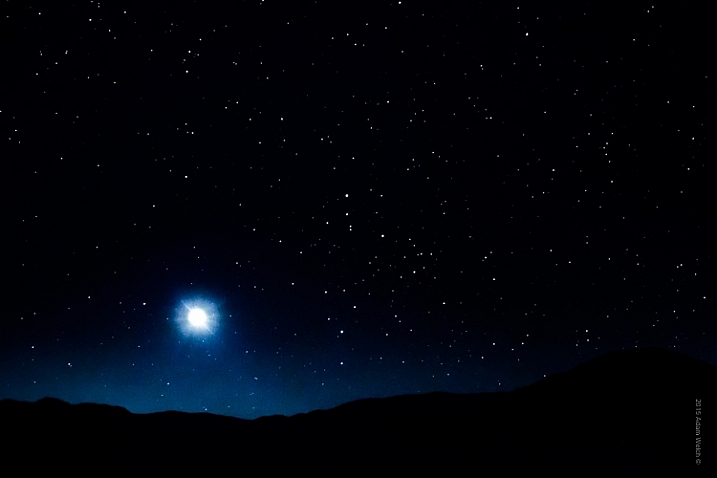
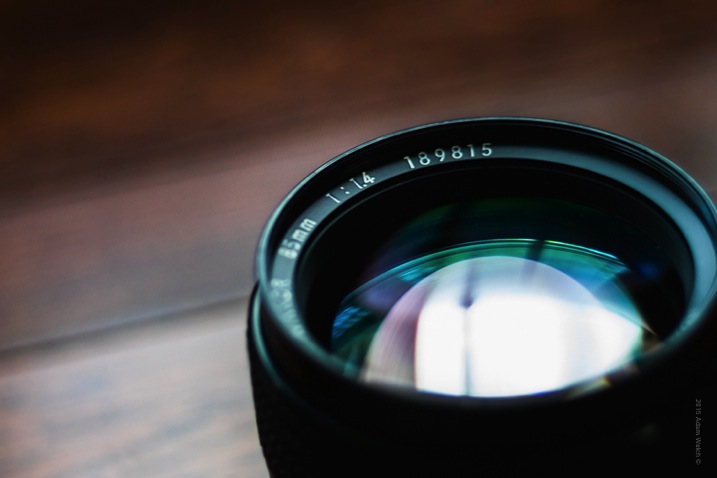


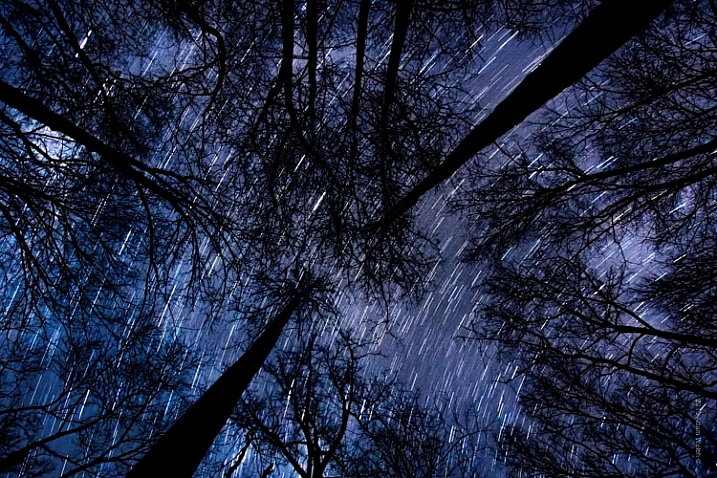

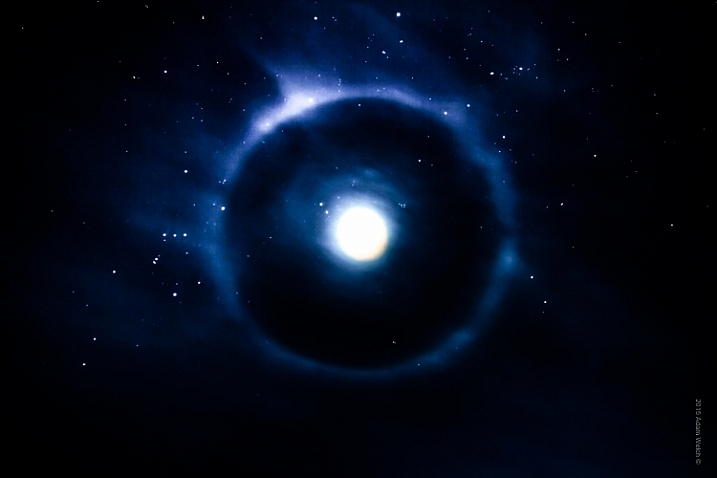
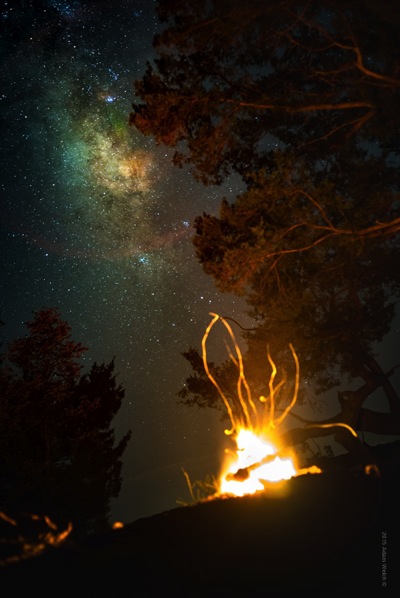
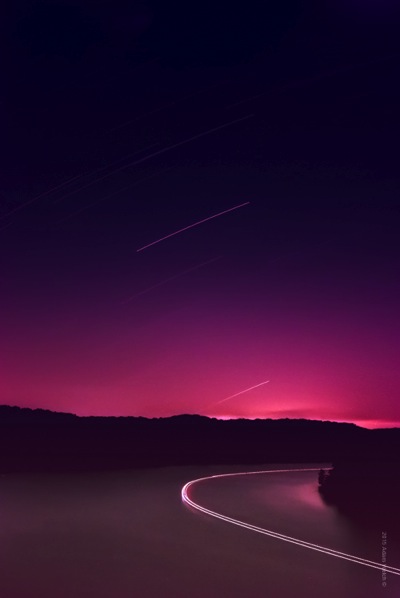

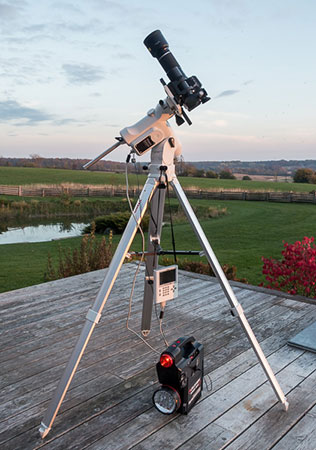
You must be logged in to post a comment.